No products in the cart.
Vepa Tulsi Soap – 120 g
₹295.00
Weight: 120 gm
41 in stock
Cottage Wellness Handmade Vepa Tulsi Soap is a luxurious and rejuvenating soap that combines the goodness of vepa (neem) and tulsi (holy basil) to provide a refreshing and invigorating bathing experience. This soap is meticulously handmade with care, using the finest natural ingredients to ensure a high-quality product that cleanses, purifies, and nourishes the skin. Cottage Wellness Handmade Vepa Tulsi Soap is suitable for all skin types and leaves the skin feeling refreshed, revitalized, and deeply nourished.
Benefits:
Cleansing and Purifying: Vepa (neem) and tulsi (holy basil) are known for their cleansing and purifying properties, effectively removing impurities, dirt, and excess oil from the skin.
Antibacterial and Antifungal: The antimicrobial properties of vepa and tulsi help combat bacteria and fungi, making this soap ideal for maintaining clean and healthy skin.
Soothing and Calming: Cottage Wellness Handmade Vepa Tulsi Soap soothes and calms the skin, reducing redness, inflammation, and skin irritations.
Nourishing and Moisturizing: This soap nourishes and moisturizes the skin, preventing dryness and keeping the skin soft, supple, and well-hydrated.
Rejuvenating and Revitalizing: The combination of vepa and tulsi rejuvenates and revitalizes the skin, promoting a youthful and radiant appearance.
Balancing Oil Production: Cottage Wellness Handmade Vepa Tulsi Soap helps balance the skin’s natural oil production, making it suitable for both oily and combination skin types.
Skin Clarifying: Regular use of this soap helps clarify the skin, reducing the appearance of blemishes, acne, and blackheads.
Making Process:
Ingredient Selection: Cottage Wellness Handmade Vepa Tulsi Soap is made with carefully selected natural ingredients. This includes vepa (neem) powder, tulsi (holy basil) powder, skin-nourishing oils such as coconut oil and olive oil, and other complementary ingredients like essential oils or natural fragrances.
Hygiene Maintenance: Prioritizing cleanliness and hygiene, the soap-making area and equipment are thoroughly cleaned and sanitized before the process begins.
Neem and Tulsi Preparation: Vepa (neem) and tulsi (holy basil) powders are obtained from organic sources and undergo a purification process to ensure their purity and quality. They are then measured and added to the soap-making process.
Melting and Mixing: The base oils, such as coconut oil and olive oil, are gently melted using controlled heat. Once melted, the vepa and tulsi powders and other beneficial ingredients are added and carefully mixed to create a smooth and well-blended mixture.
Blending and Pouring: The ingredients are blended together using precise measurements to achieve a balanced and effective formulation. The soap mixture is then poured into molds, ensuring even distribution and avoiding any air pockets.
Curing: The soap molds are placed in a cool and dry area for several weeks to allow the soap to cure and harden naturally. This curing process is essential for the soap to achieve its desired texture and longevity.
Cutting and Shaping: Once fully cured, the soap is carefully removed from the molds and cut into individual bars. Each bar is then shaped and smoothed by hand to ensure uniformity and a pleasing aesthetic.
Packaging: The final step involves packaging the soap with care. Each bar is wrapped in eco-friendly materials, preserving its freshness and protecting it from external elements.
Neatness and Hygiene Maintenance While Making Soap:
Clean Work Surface: The soap-making area is thoroughly cleaned and sanitized before starting the process. This ensures a clean and hygienic environment for soap production.
Personal Hygiene: The soap maker maintains strict personal hygiene, including clean hands, wearing gloves, and tying back hair to prevent any contamination.
Equipment Sanitization: All equipment used in the soap-making process, such as mixing bowls, molds, and utensils, are properly cleaned and sanitized before use to prevent cross-contamination.
Ingredient Handling: The ingredients used in soap making are stored in a clean and dry area to maintain their quality. They are handled with clean hands or sanitized utensils to avoid introducing contaminants.
Proper Ventilation: Adequate ventilation is maintained in the soap-making area to ensure good air circulation and minimize the risk of any airborne contaminants.
Storage and Packaging: The finished soap bars are stored in a clean and dry environment until they are ready for packaging. Packaging materials, such as wrappers or boxes, are also stored in a clean and sanitary manner.
Quality Control: Cottage Wellness maintains strict quality control measures to ensure that each soap bar meets the highest standards of cleanliness, hygiene, and quality. Any soap that does not meet the company’s quality criteria is discarded.
Ongoing Maintenance: Regular cleaning and maintenance of the soap-making equipment and work area are carried out to uphold cleanliness and hygiene standards.
At Cottage Wellness, maintaining neatness and hygiene throughout the soap-making process is a top priority, ensuring that each bar of Cottage Wellness Handmade Vepa Tulsi Soap is safe, clean, and of the highest quality.
| Weight | 0.2 kg |
|---|
Be the first to review “Vepa Tulsi Soap – 120 g” Cancel reply
Vepa Tulsi Soap – 120 g
₹295.00
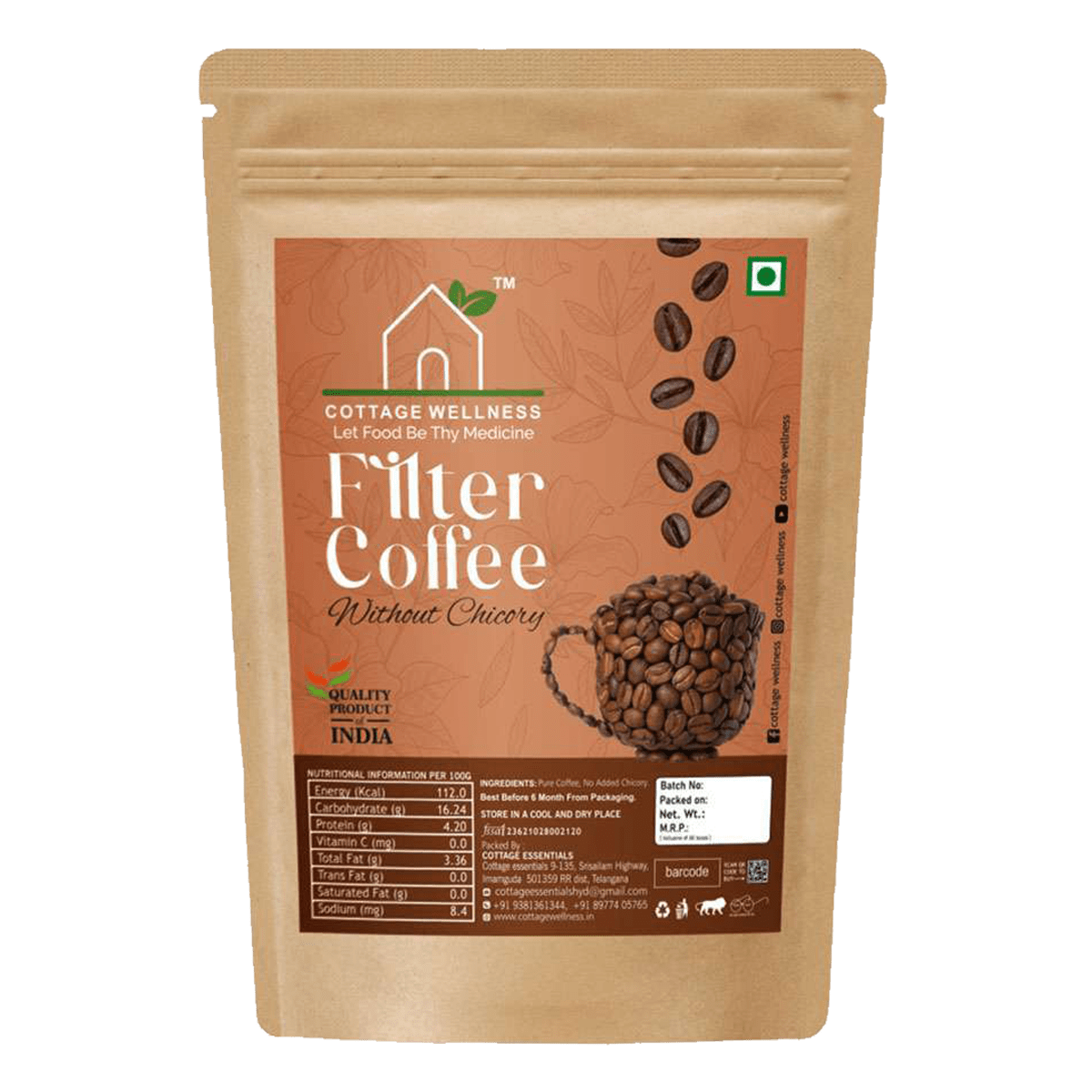
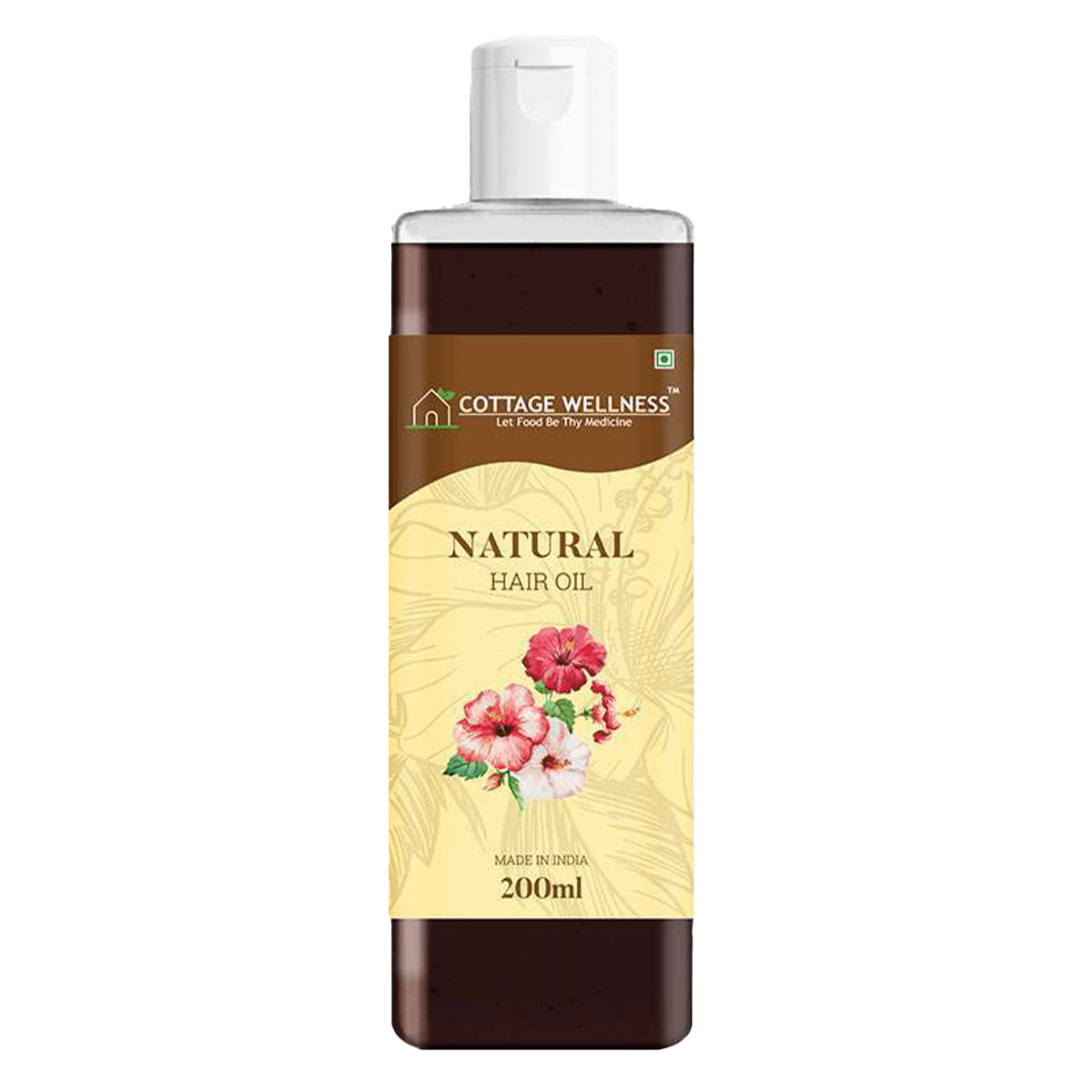
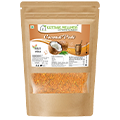
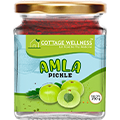
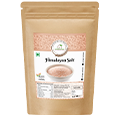
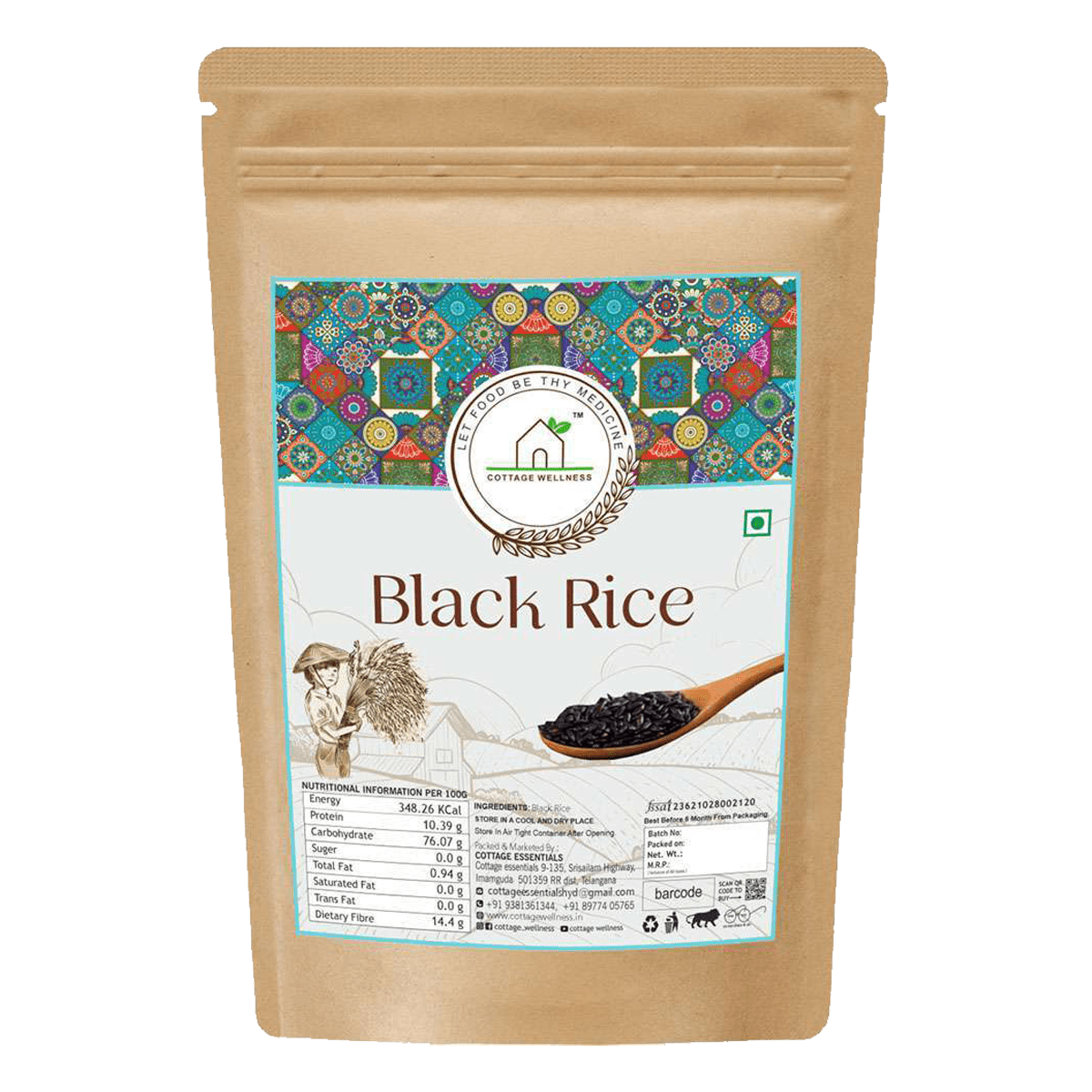
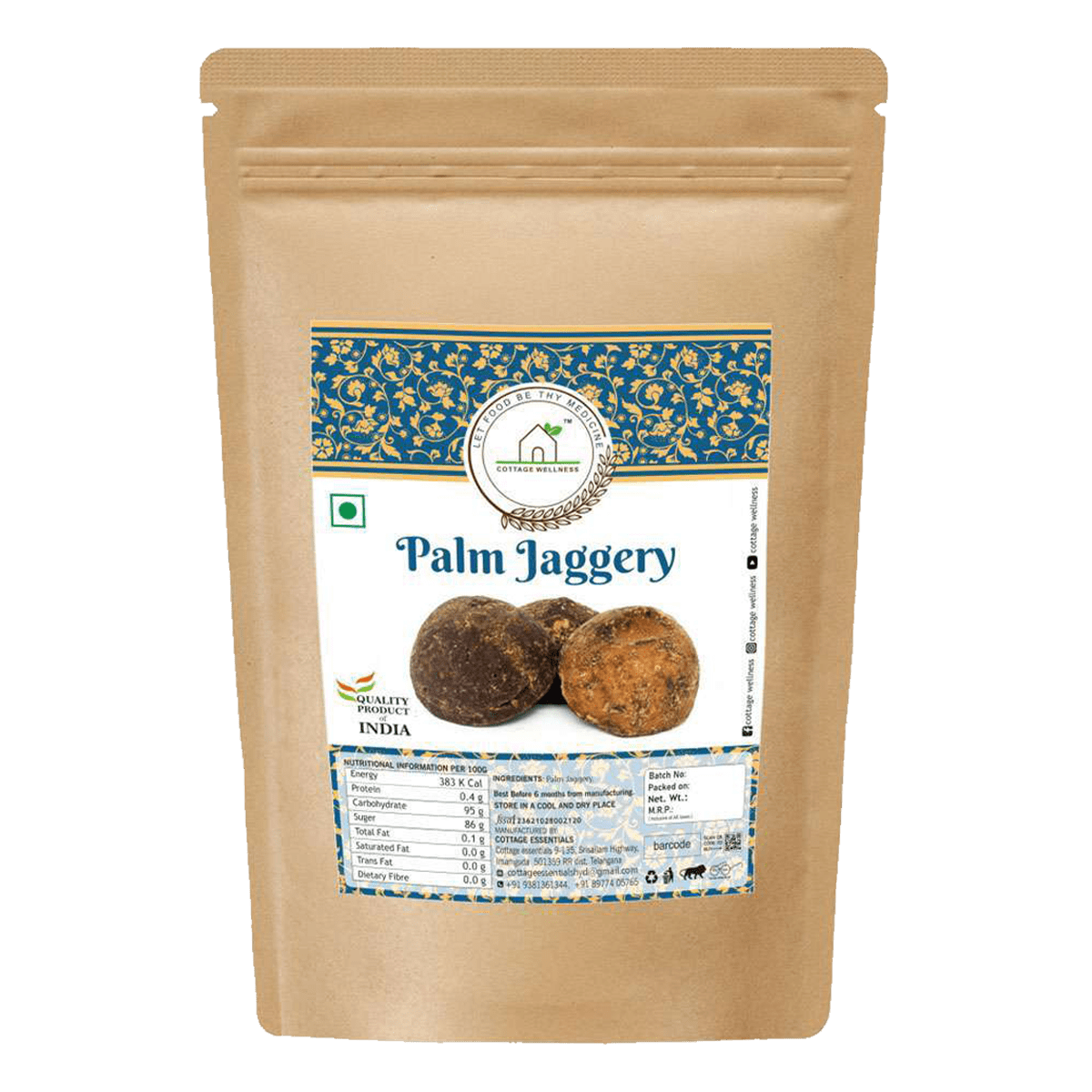
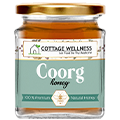
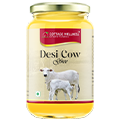
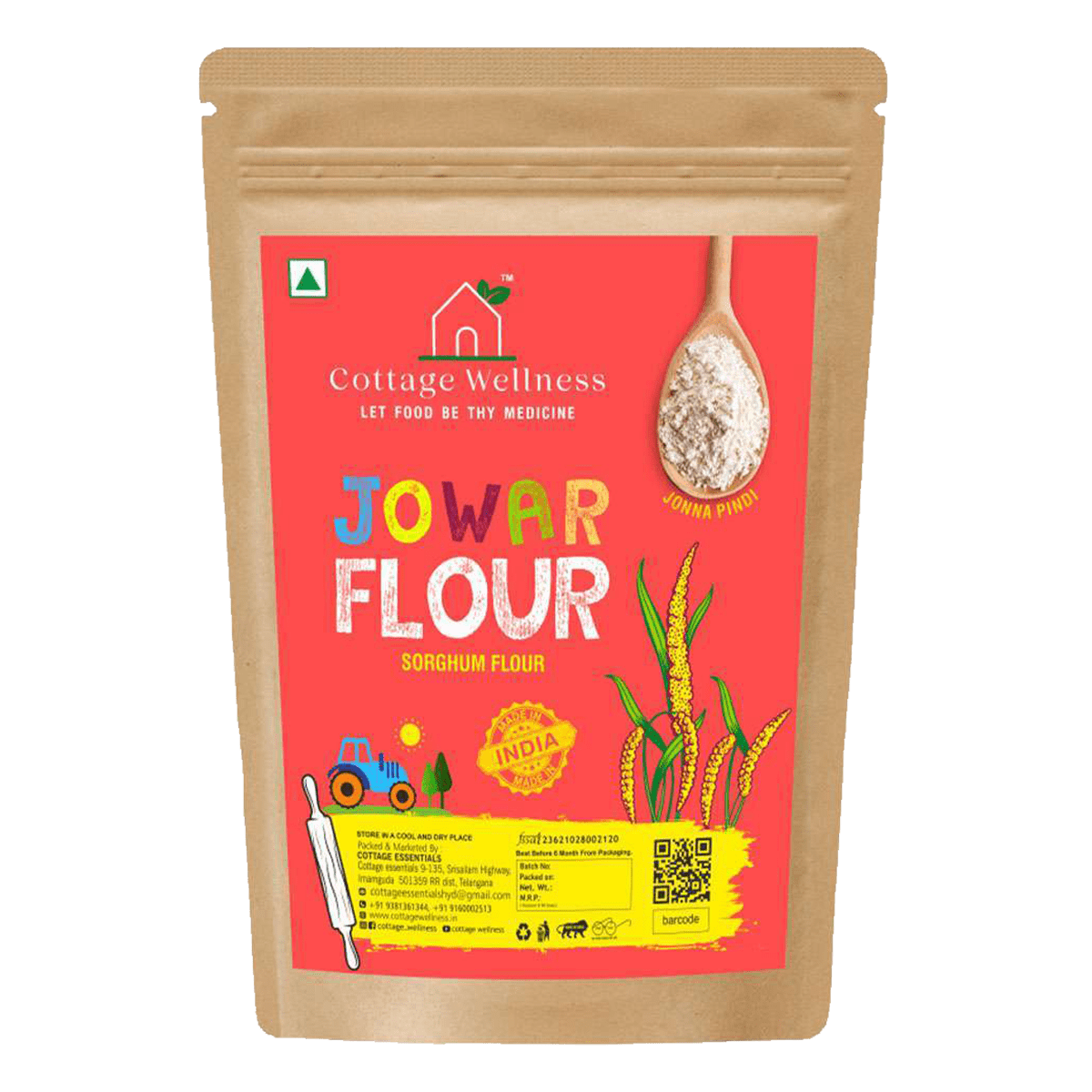
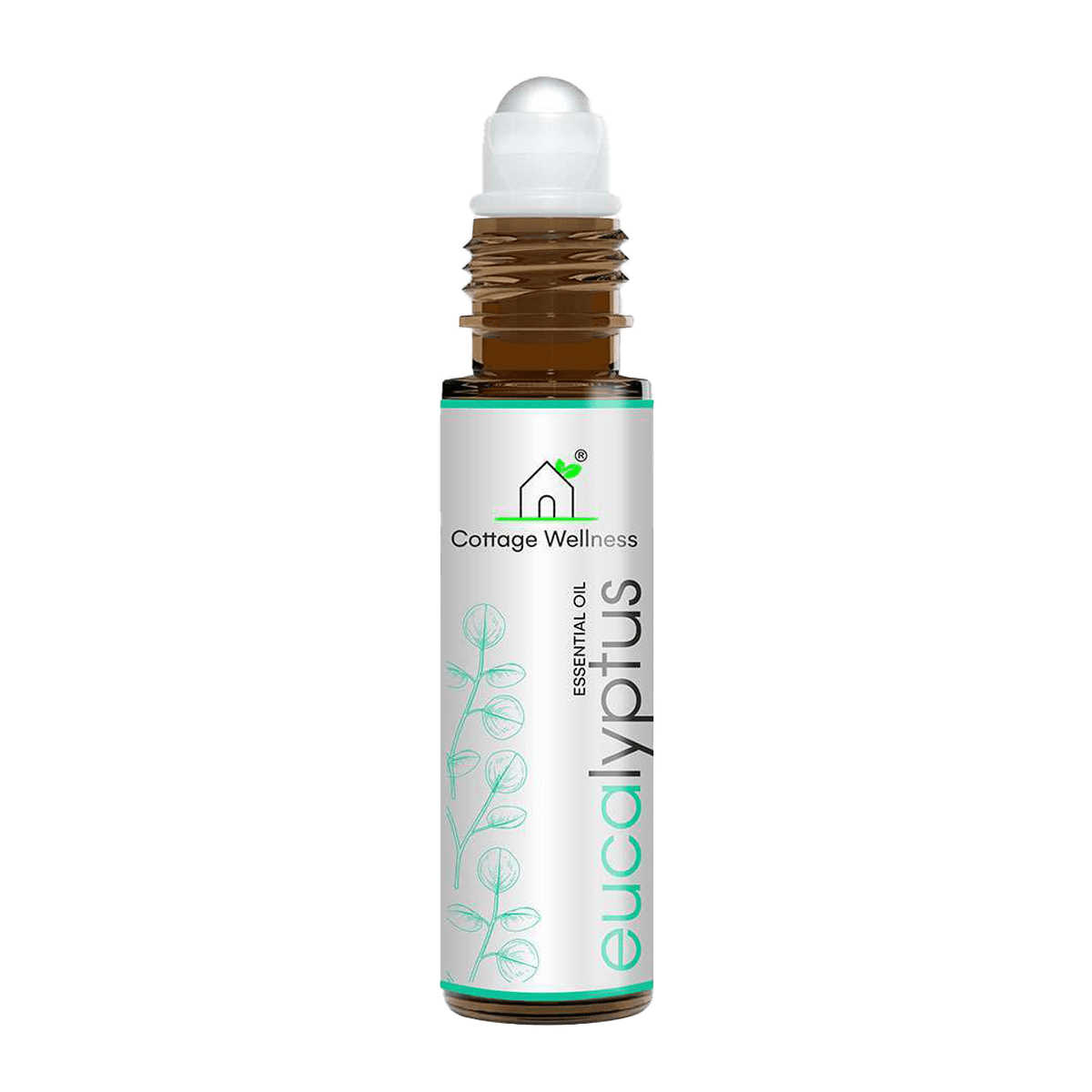
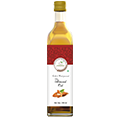
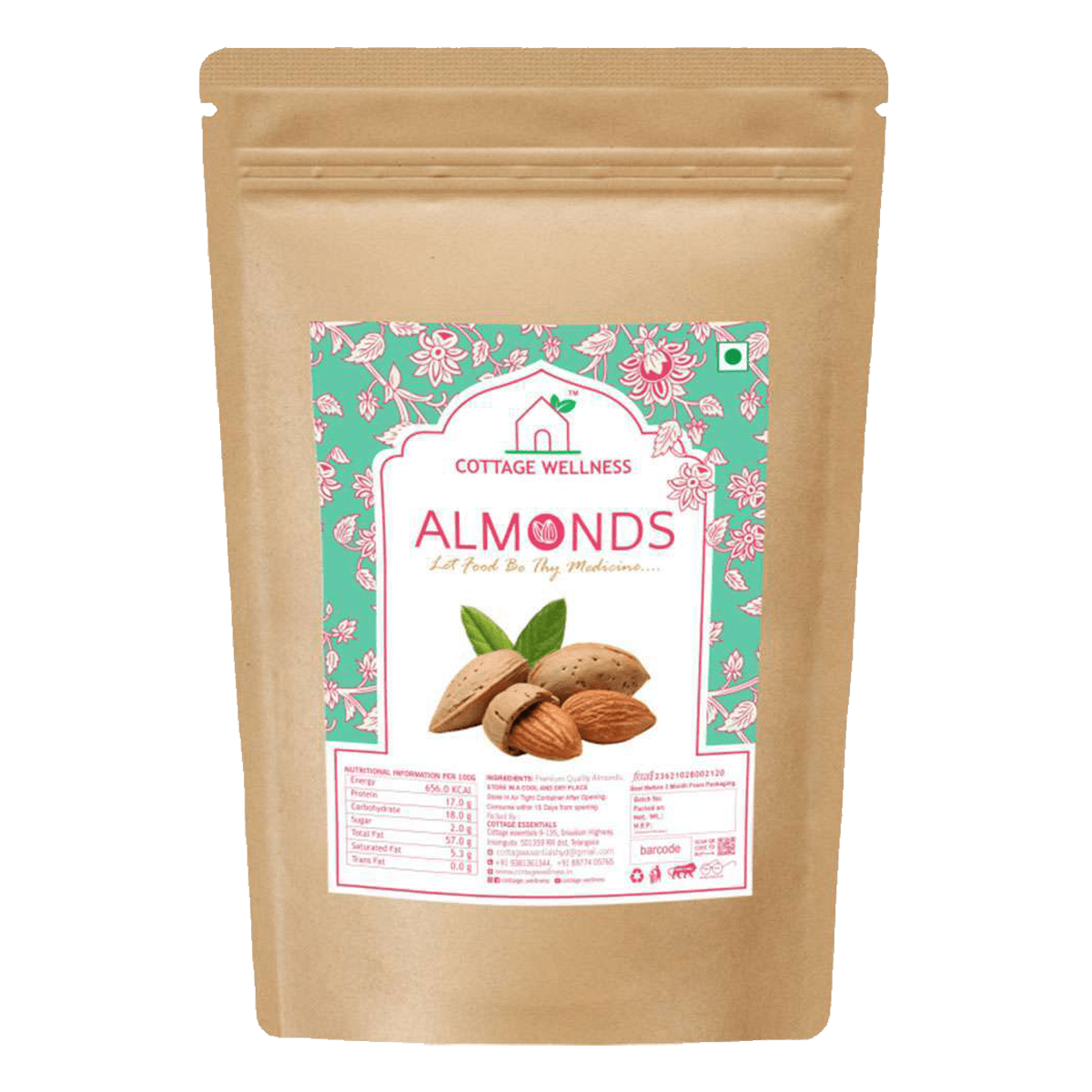
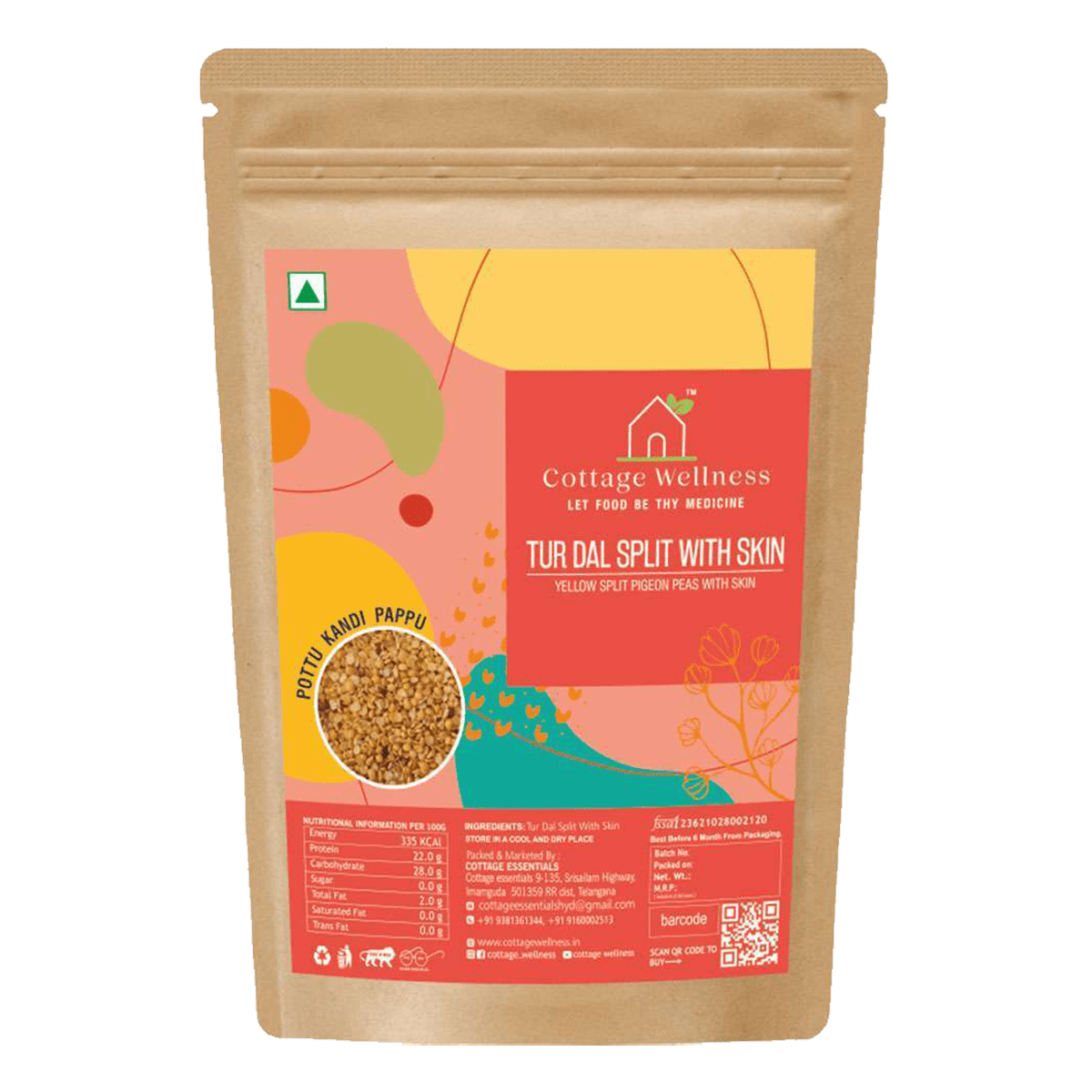
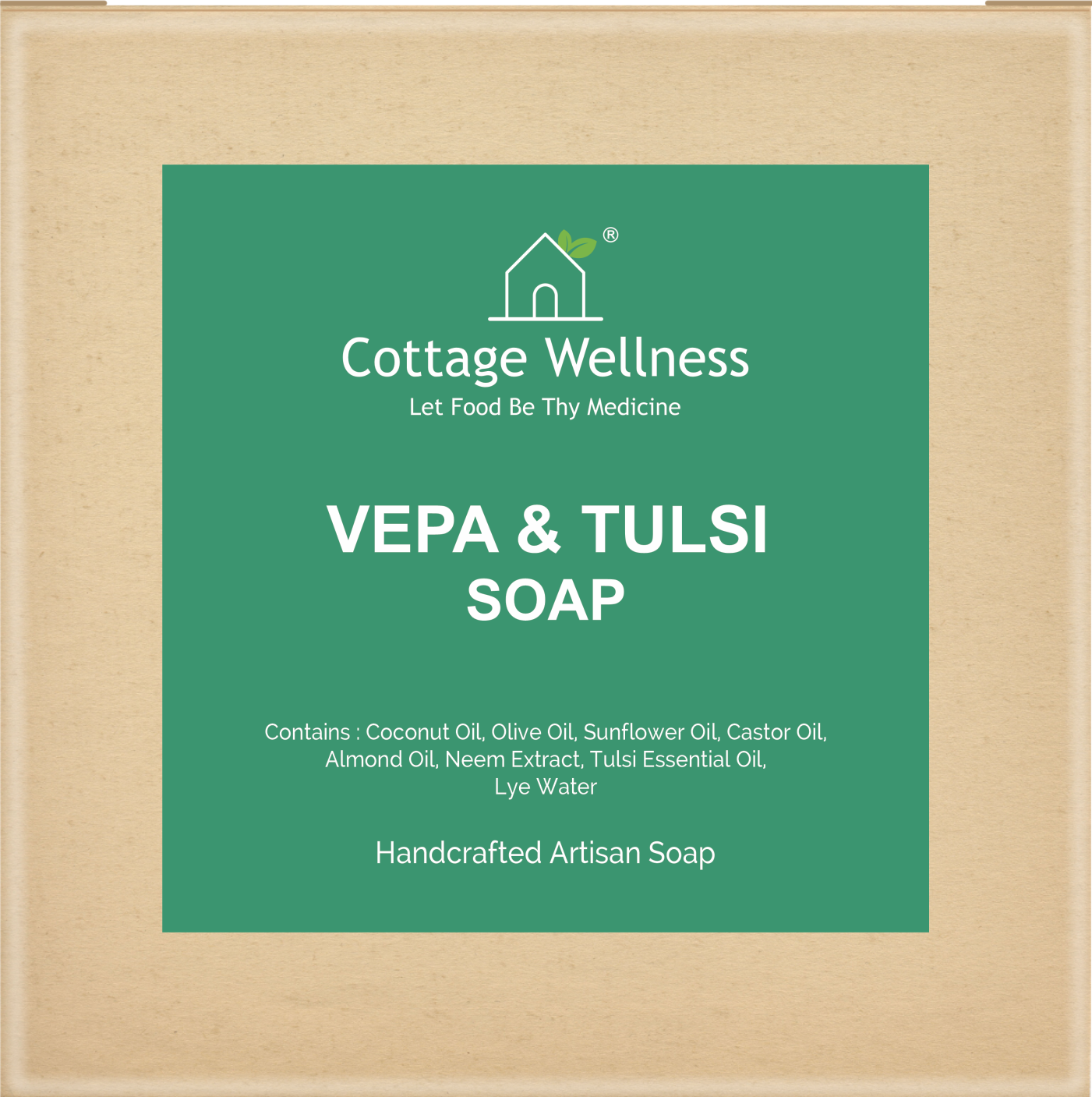
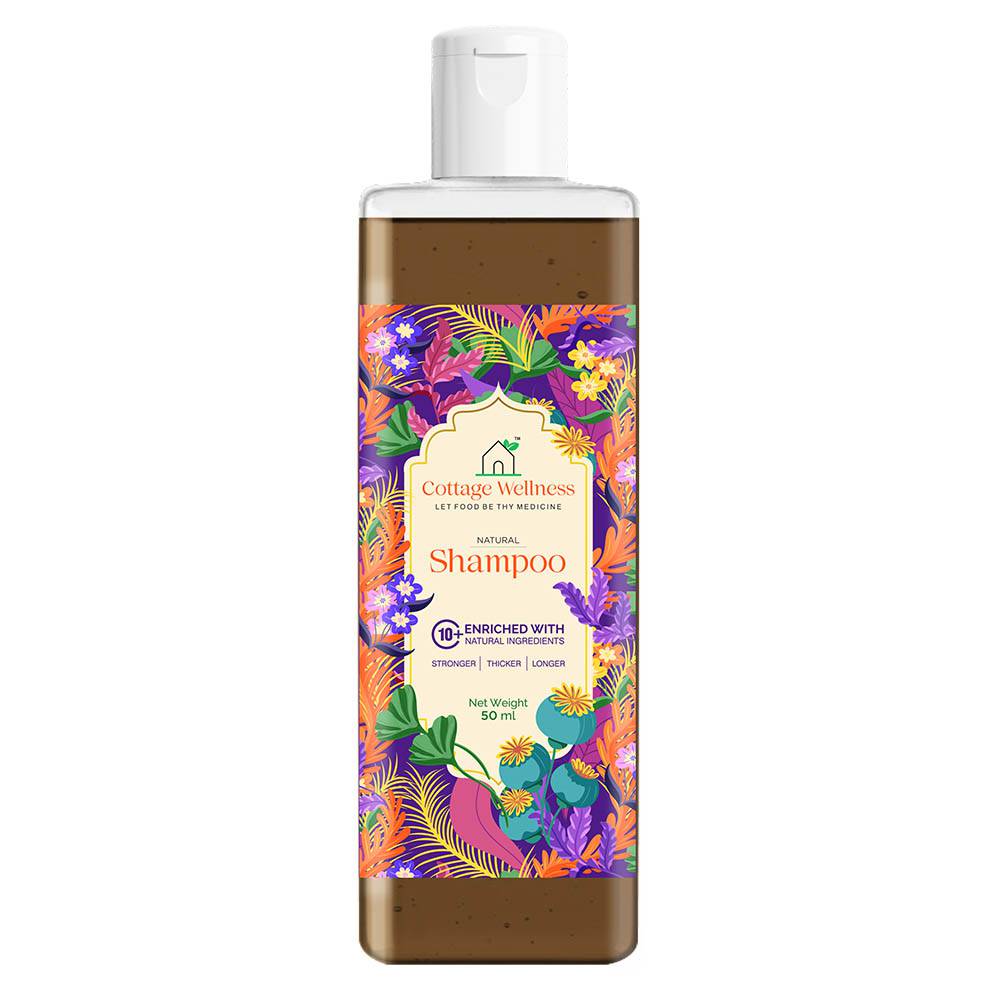
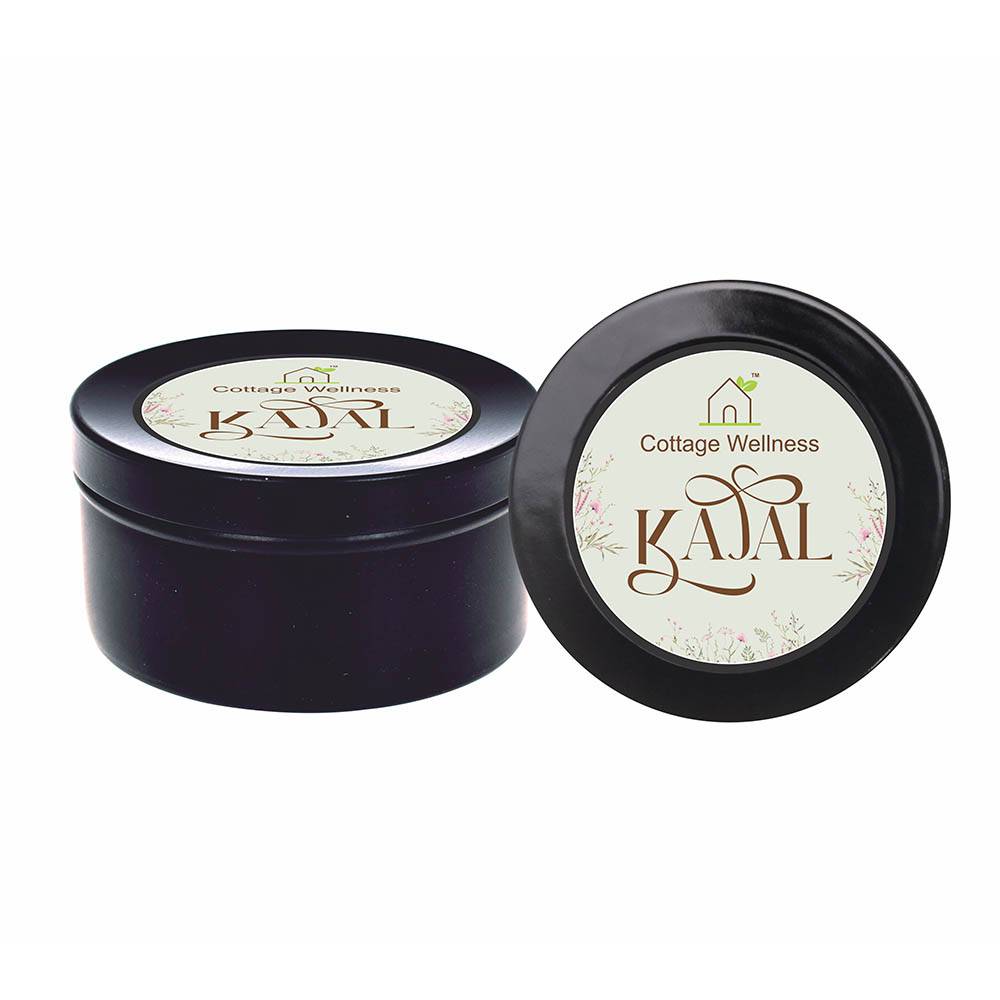
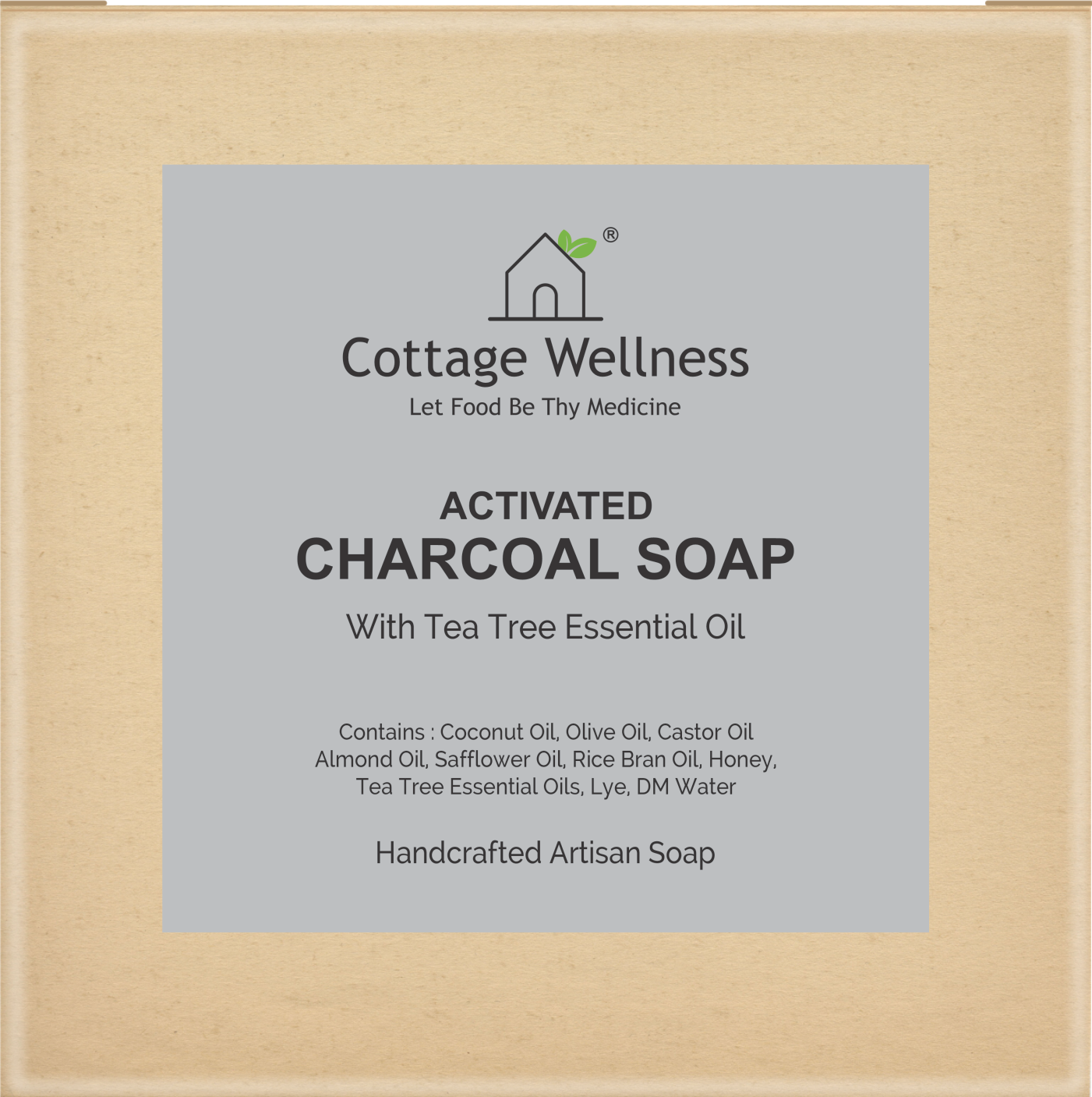

Reviews
There are no reviews yet.